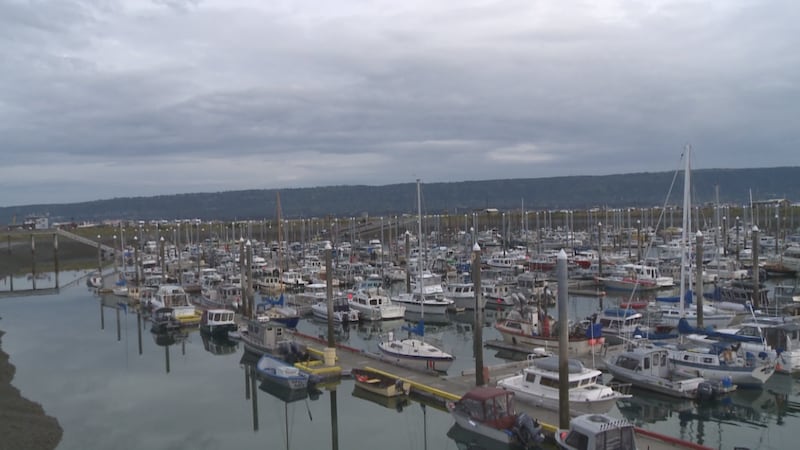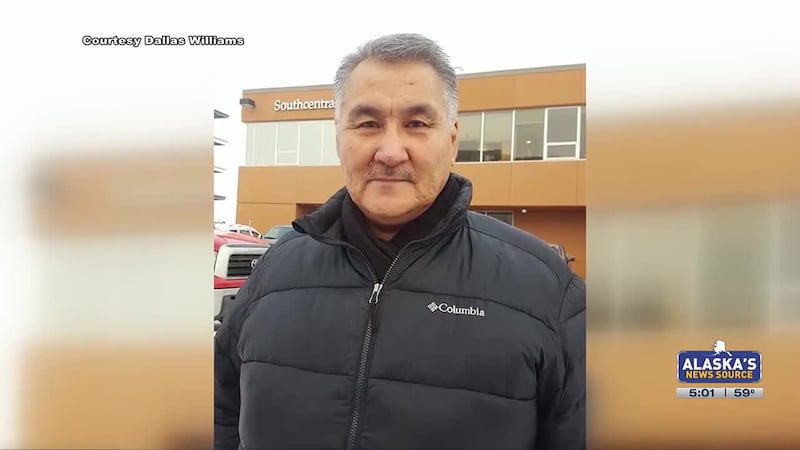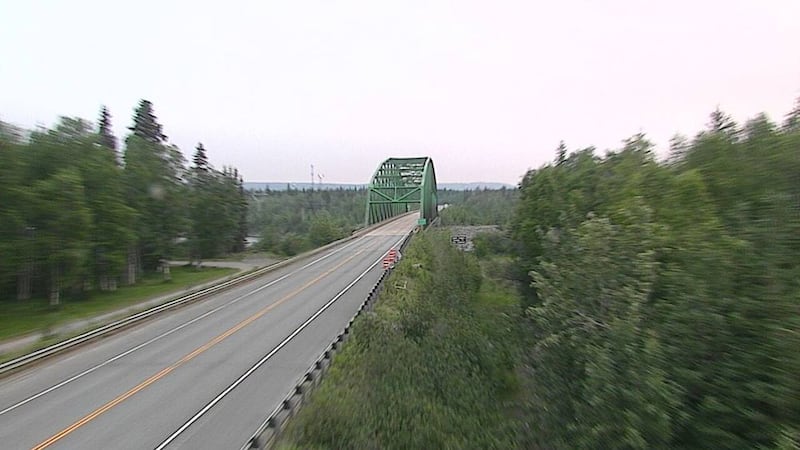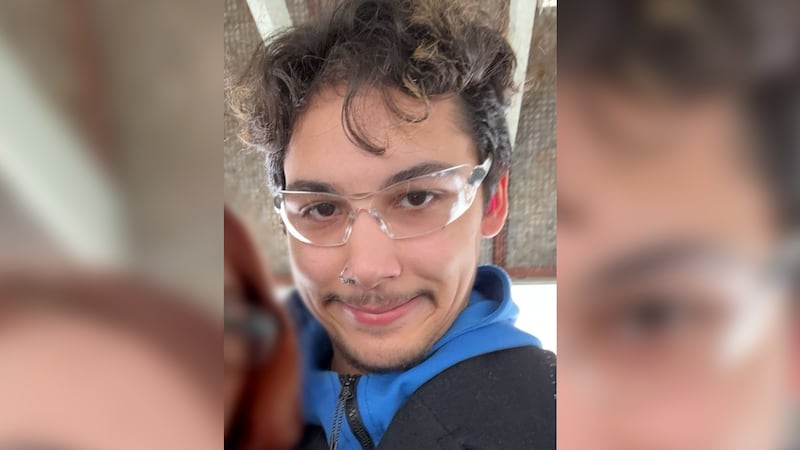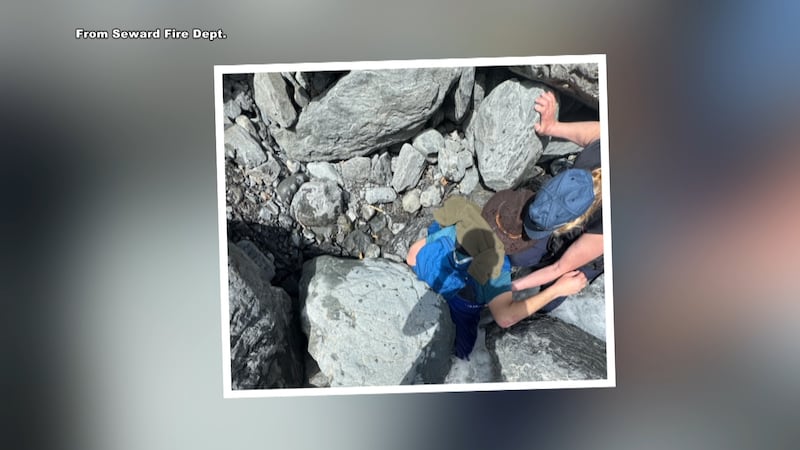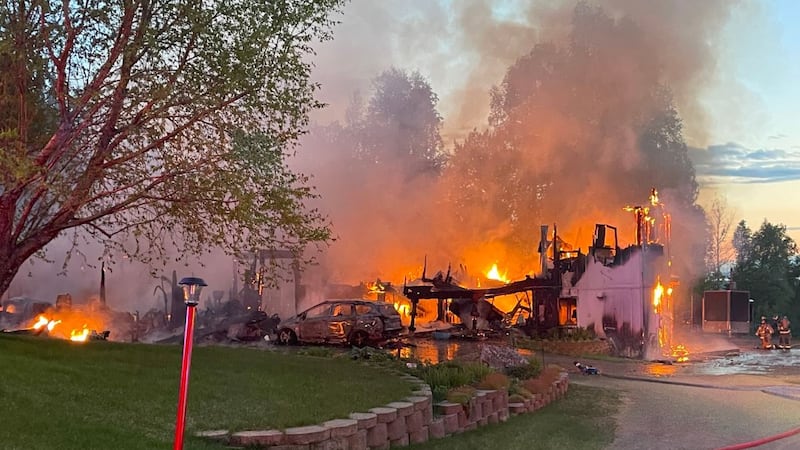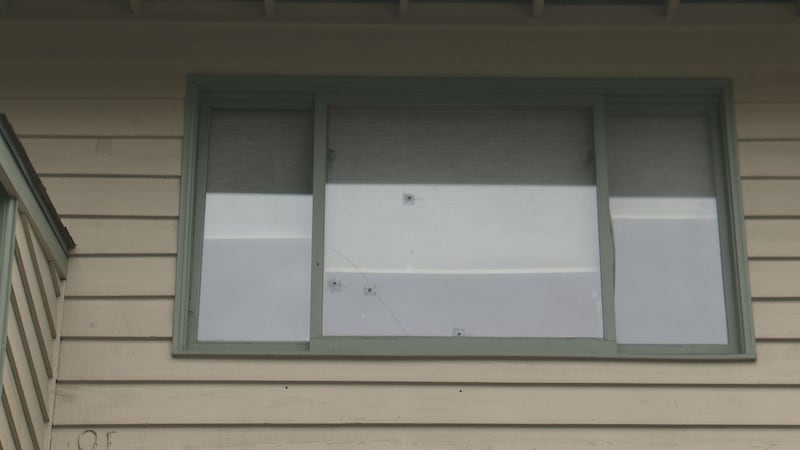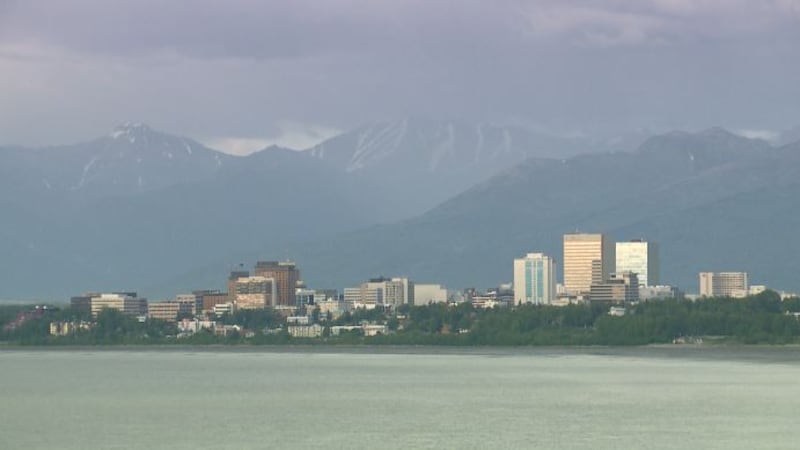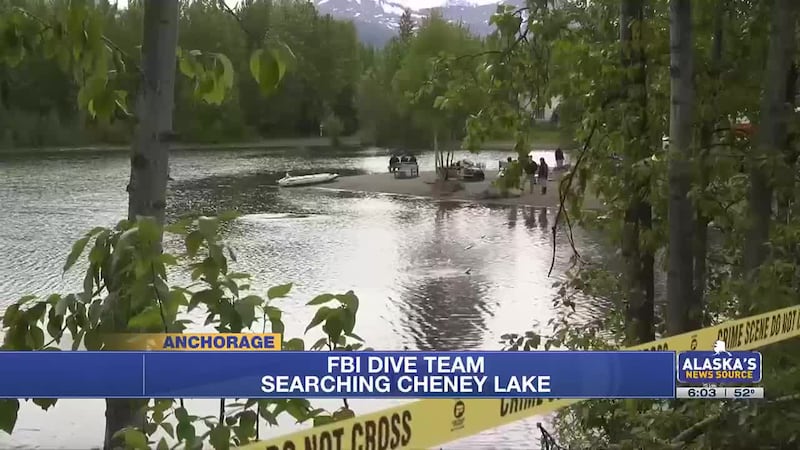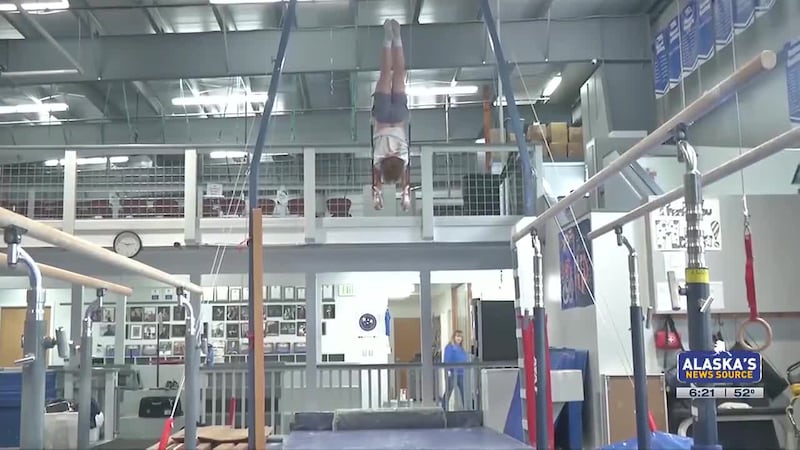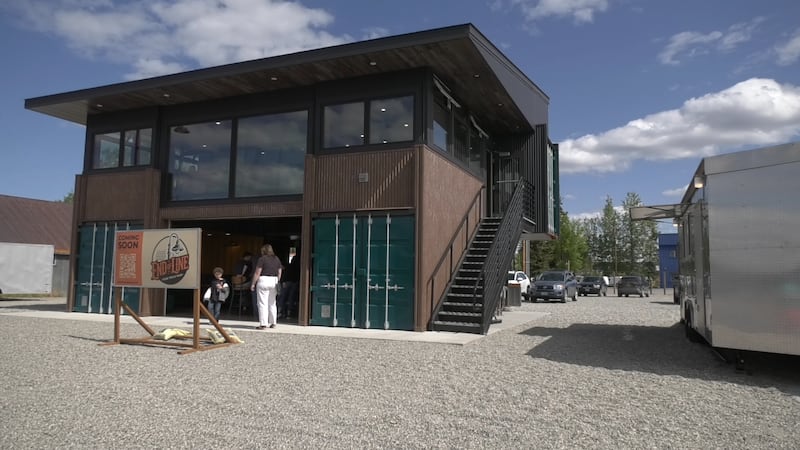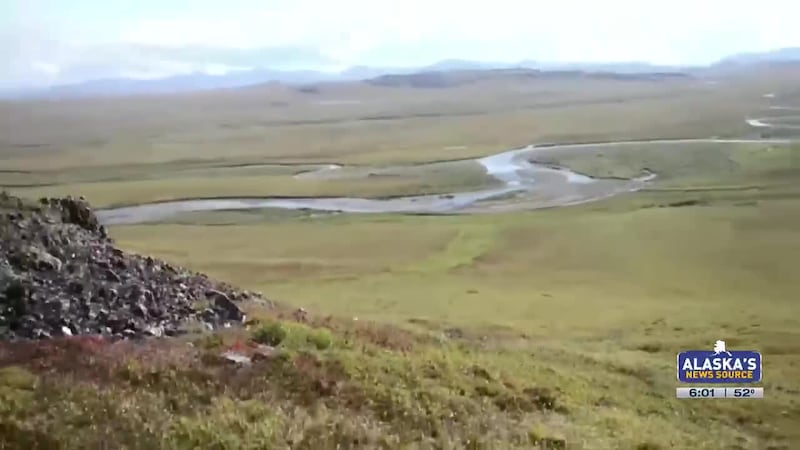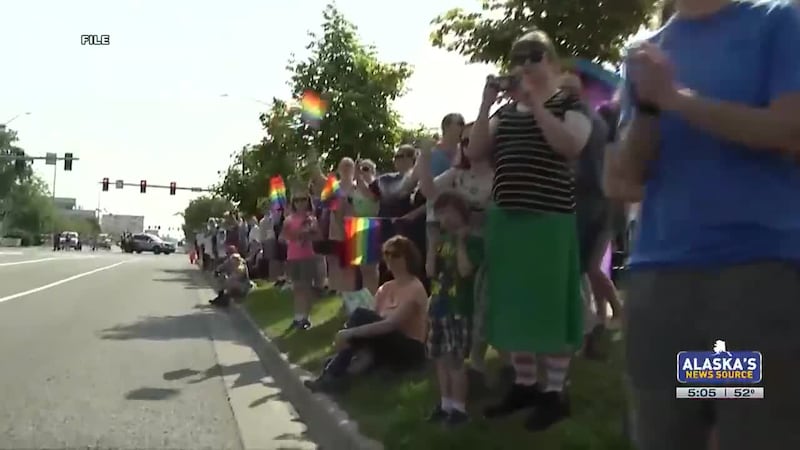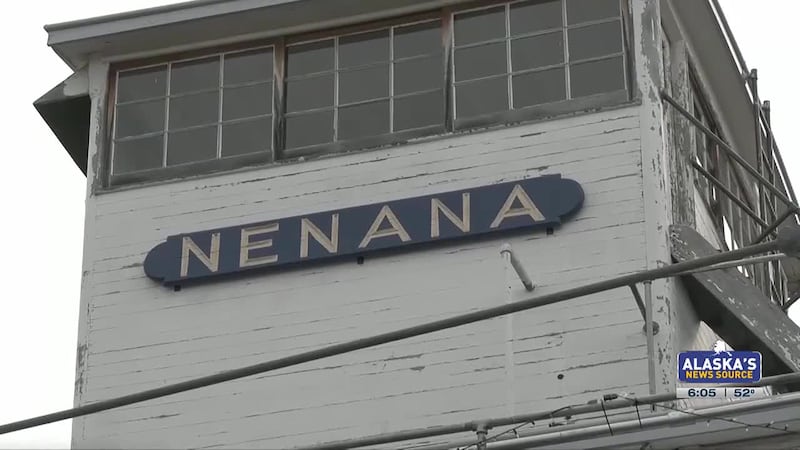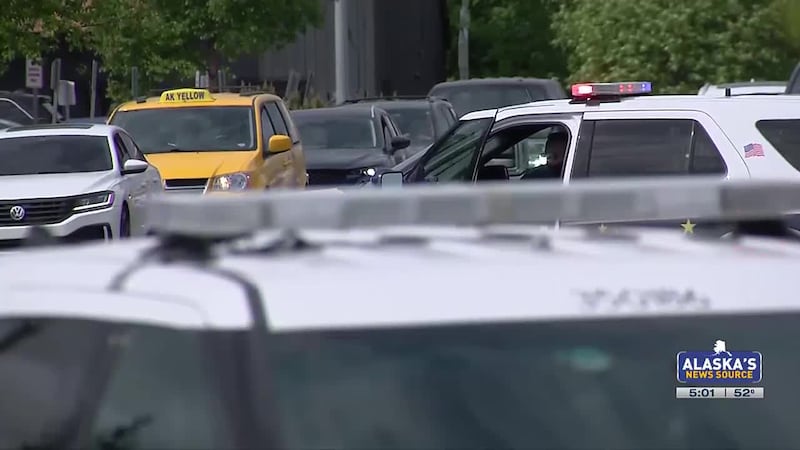Indigenous Echoes: Statistical data gathering for Alaska
ANCHORAGE, Alaska (KTUU) - Years ago, a tribal elder walked up to Dr. Charlene Aqpik and told her about cases that went undocumented. Two missing and murdered indigenous people who can’t be found in any database, article, or social media platform, whose mysterious disappearance in the 1960s impacted a community.
In February 2012, Aqpik’s 18-year-old cousin was kidnapped, sexually assaulted, and murdered by serial killer Israel Keyes. It wasn’t the first time the Missing and Murdered Indigenous Peoples (MMIP) crisis personally impacted Aqpik. She describes her own mother’s death as suspicious; although it was ruled a suicide, Aqpik and her family believe she was murdered. But the case was not investigated as such. Aqpik’s aunt moved to the lower 48, where she later went missing, her disappearance unsolved, and was eventually declared dead.
At the 2018 Alaska Federation of Natives Convention, Aqpik helped organize a rally. Organizers of the convention wished to read the names of loved ones who have gone missing or have been murdered. They realized there was no way of pulling that information, there was no tracking of cases or people happening at state agencies. That was when organizers took matters into their own hands, walking around the conference and asking attendees for their stories. Taking down names and eventually handing the list to Aqpik.
“They gave me that list because they trusted me to do something with it,” she said.
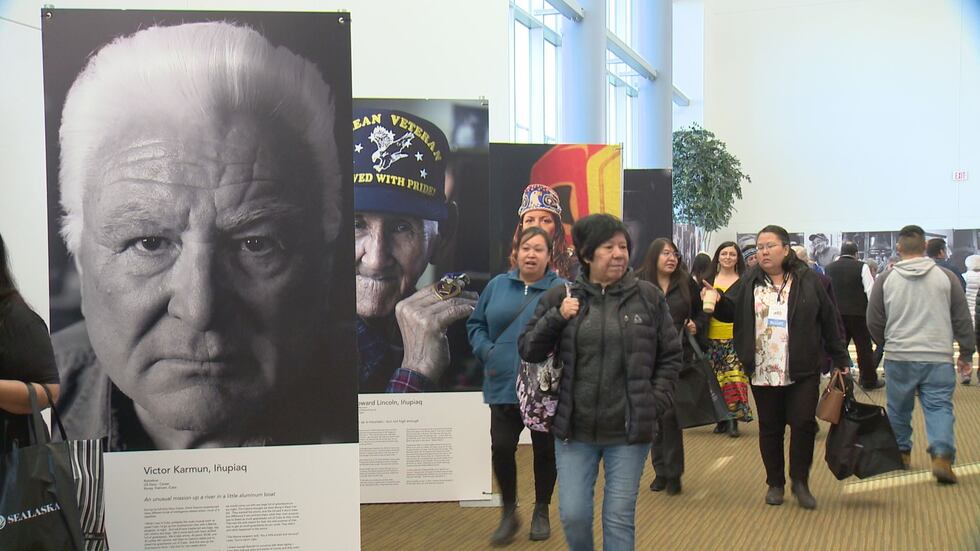
For the next two years, she kept adding to that list. In 2020, she and her partner, Kendra Kloster, founded the MMIWG2S Alaska Working Group, adding to the list that quickly evolved into a database.
Aqpik and Kloster met for coffee once a week after Kloster introduced herself when she heard about Aqpik’s efforts. They would discuss what they could personally do to help their community.
The purpose of the organization is to use the information gathered to strategize on MMIP and to inform the state. They publish reports to help the community understand the number of Indigenous people who go missing or are murdered. The pair works to educate lawmakers on the importance of the issue and what is going on in the state.
She says part of the problem in Alaska is that “our families and communities weren’t being believed when they would say, this happened to my relative.” Leaving families dissatisfied with case management and closures.
“It is important to be believed, and it is important to be seen in a system that has been made to erase you,” Aqpik said.
She also says the process of collecting data needs to change. Explaining that data is mostly gathered and contained in Nome, while the majority of cases emerge from the Anchorage municipality. She says this causes an inaccurate representation of the loss of communities rural Alaska faces, by having the documentation in urban centers. Also, making data less accessible.
She described the Kotzebue community as going through cases that are outright “awful.” In the Department of Public Transportation’s latest (at the time of publication) Missing Alaska Natives & American Indians Quarterly Report, the majority of cases from out of Kotzebue were ruled as environment-related, all except for one case that was ruled “not suspicious.”
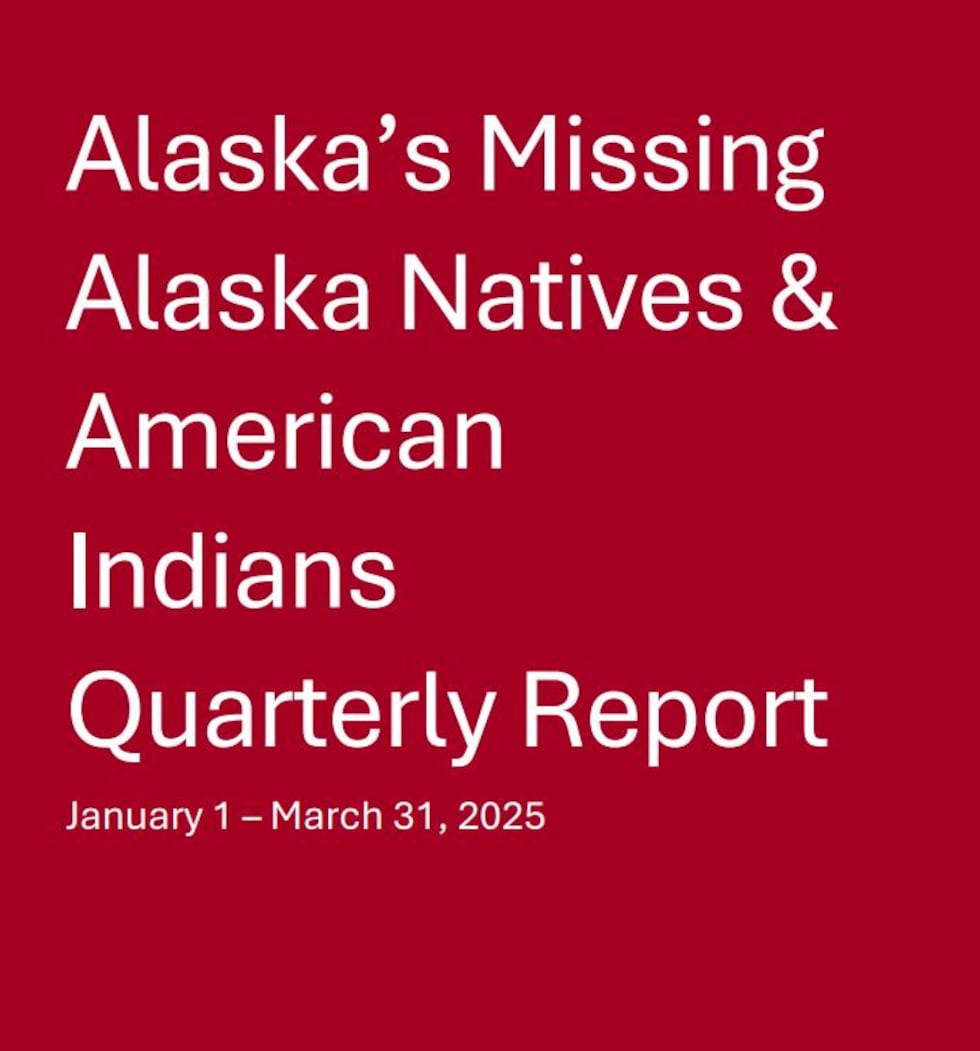
Senate Bill 151, signed into law by Gov. Dunleavy in Sept. 2024 a nine-member body responsible for reviewing unsolved MMIP cases and submitting reports to the Alaska legislature. Aqpik explained that this was spearheaded by the Working Group and their partners.
“That was a huge effort from our community and our partners, people giving testimony,” she said.
They consistently spoke to lawmakers and politicians about how SB 151 could have significant impacts on the Indigenous community.
“We made a strategic effort to try to meet with new legislators and follow up with the old ones who were supportive and just continue to educate them ... We need support from the state on everything from prevention to prosecution,” Aqpik said. “That first bill was just the start, and we have so much more work to do.”
See a spelling or grammar error? Report it to web@ktuu.com
Copyright 2025 KTUU. All rights reserved.
